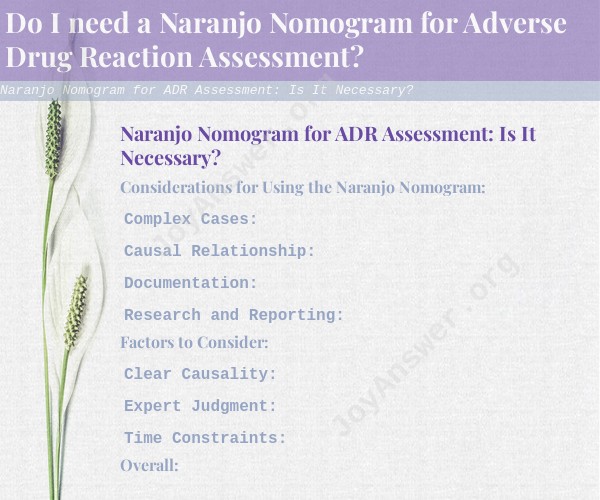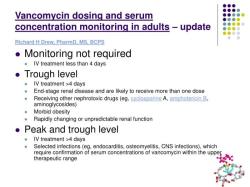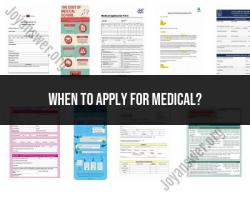Do I need a Naranjo Nomogram for Adverse Drug Reaction Assessment?
Naranjo Nomogram for ADR Assessment: Is It Necessary?
The Naranjo nomogram is a tool used to assess the likelihood of an adverse drug reaction (ADR) being caused by a specific medication. It assigns scores to various criteria to help determine the probability of the ADR being related to the drug. Whether you need to use the Naranjo nomogram for ADR assessment depends on the specific circumstances and goals of your assessment.
Considerations for Using the Naranjo Nomogram:
Using the Naranjo nomogram can be beneficial in the following situations:
- Complex Cases: When evaluating ADRs with unclear or complex causes, the Naranjo nomogram provides a structured approach to assess causality.
- Causal Relationship: If you need to determine whether a specific drug is likely responsible for the observed ADR, the nomogram can help quantify the likelihood.
- Documentation: The nomogram provides a systematic way to document the assessment process and justify the causality determination.
- Research and Reporting: If you're conducting research or preparing a report on ADRs, using the Naranjo nomogram can enhance the validity of your findings.
Factors to Consider:
However, there are cases where using the Naranjo nomogram may not be necessary:
- Clear Causality: If the causality between the drug and ADR is evident, the nomogram may not provide additional insights.
- Expert Judgment: Experienced healthcare professionals may rely on their clinical judgment without needing to use the nomogram.
- Time Constraints: In time-sensitive situations, using the nomogram may prolong the assessment process.
Overall:
Whether you need to use the Naranjo nomogram for ADR assessment depends on your specific goals, the complexity of the case, and the resources available. The nomogram can provide a structured approach to assess causality and enhance the credibility of your assessment, especially in situations where causality is uncertain or needs to be documented for research or reporting purposes.













